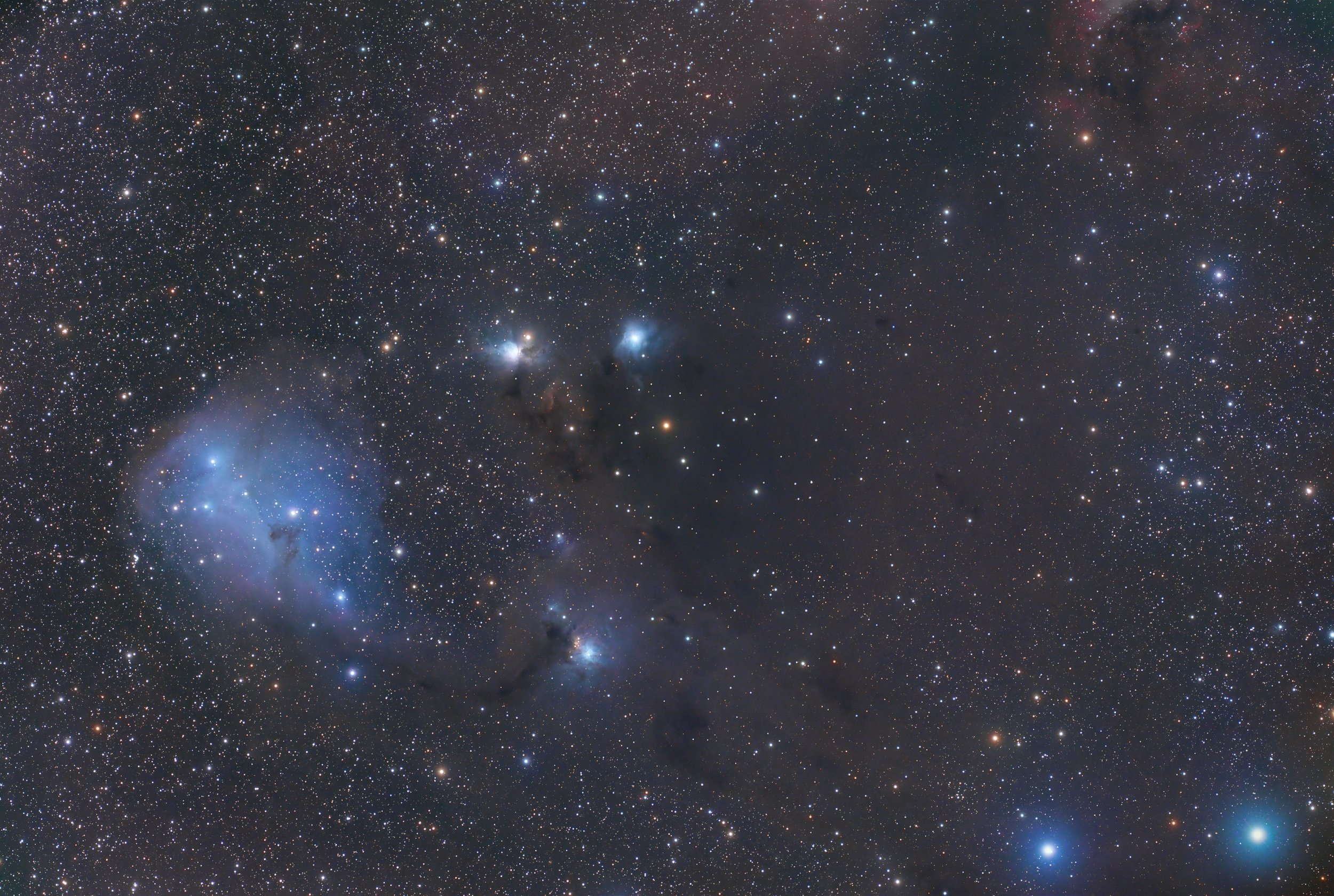
AAPOD2 Image Archives
NGC 7094 and its new feature
This wide-field view reveals an extraordinary blend of cosmic objects, each contributing to the visual and scientific richness of the image.
M15, one of the densest globular clusters in the Milky Way, glitters with the light of hundreds of thousands of stars tightly packed into a spherical shape. Located about 33,000 light-years away, its dense core may harbor a rare intermediate-mass black hole, making it a subject of ongoing research.
NGC 7094, a planetary nebula, is a stellar remnant left behind by a Sun-like star nearing the end of its life. Its central white dwarf illuminates the nebula with ultraviolet radiation, sculpting the surrounding gases into intricate shapes.
The [O III] Zone, an unexpected discovery in this image, spans a large region and glows with a faint greenish-blue hue, characteristic of doubly ionized oxygen. The nature of this halo is a mystery—potentially a remnant of ancient stellar outflows or interstellar shockwaves.
Adding to the beauty, the image is interlaced with crimson hydrogen-alpha emissions and cosmic dust clouds, which create a vivid backdrop. These elements highlight the interplay of old and new: ancient star clusters, dying stars, and the raw materials for future stellar generations.
This image serves as a testament to the power of wide-field astrophotography, revealing not only familiar objects but also uncovering hidden phenomena awaiting deeper exploration. It’s a reminder that even well-known regions of the sky still hold secrets to be discovered.


